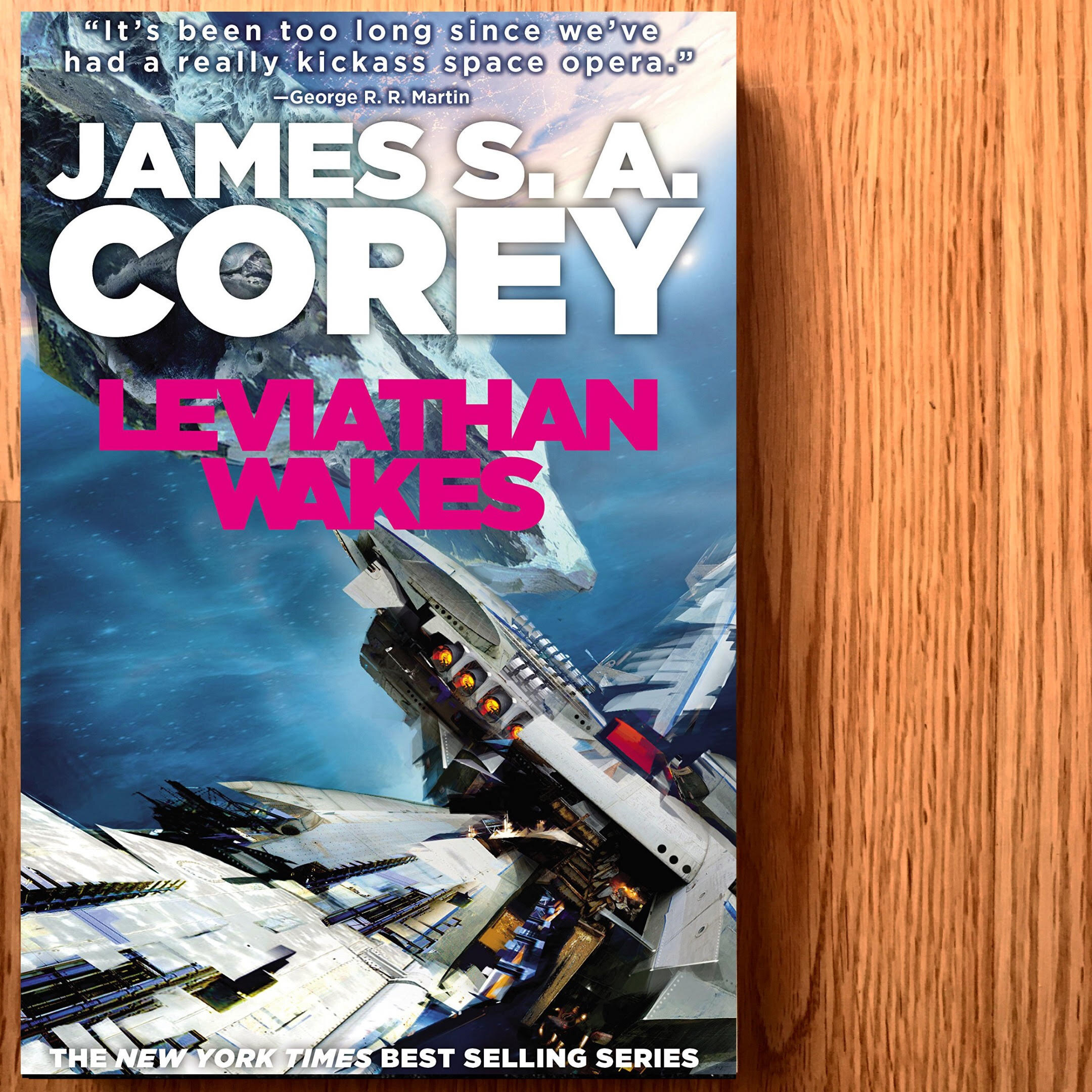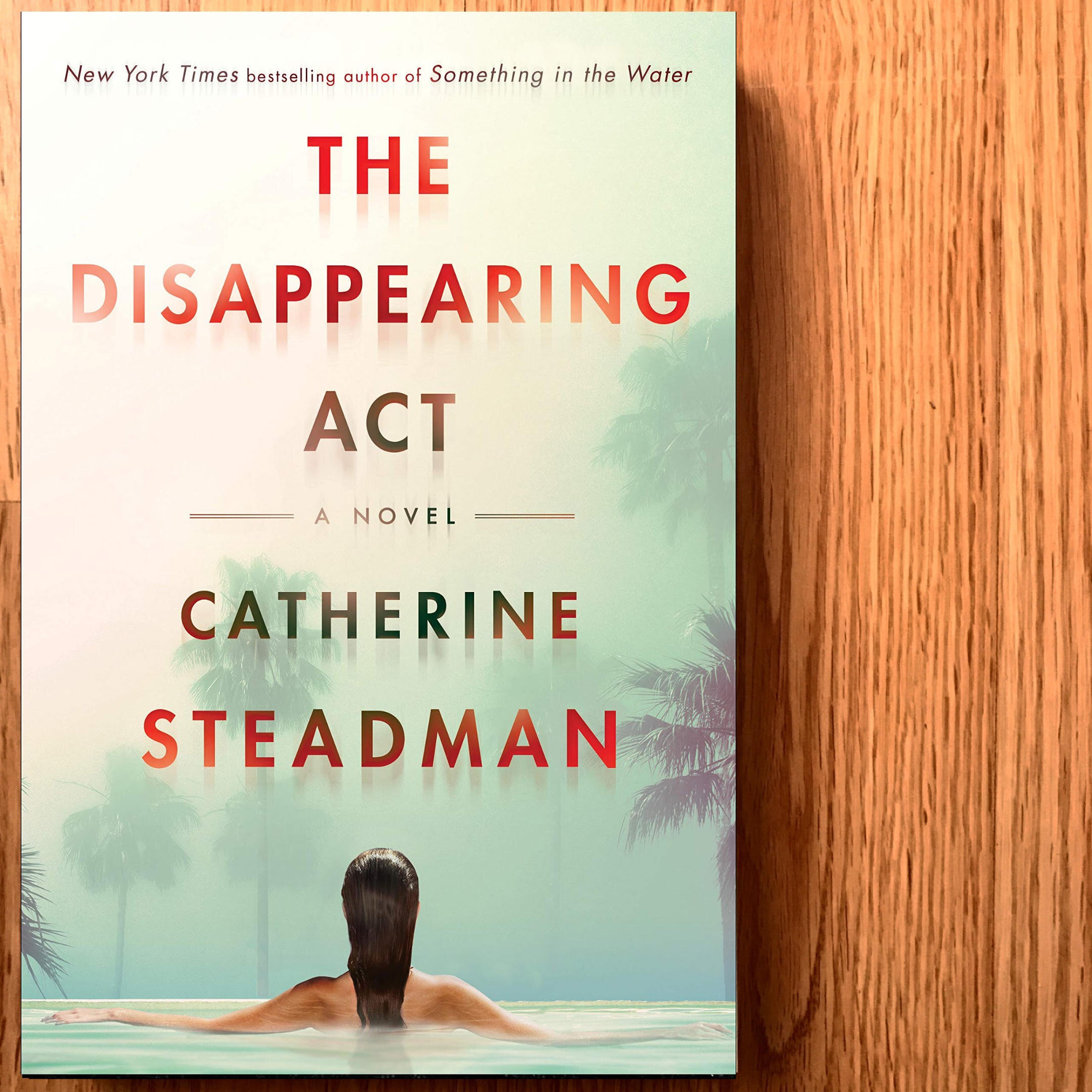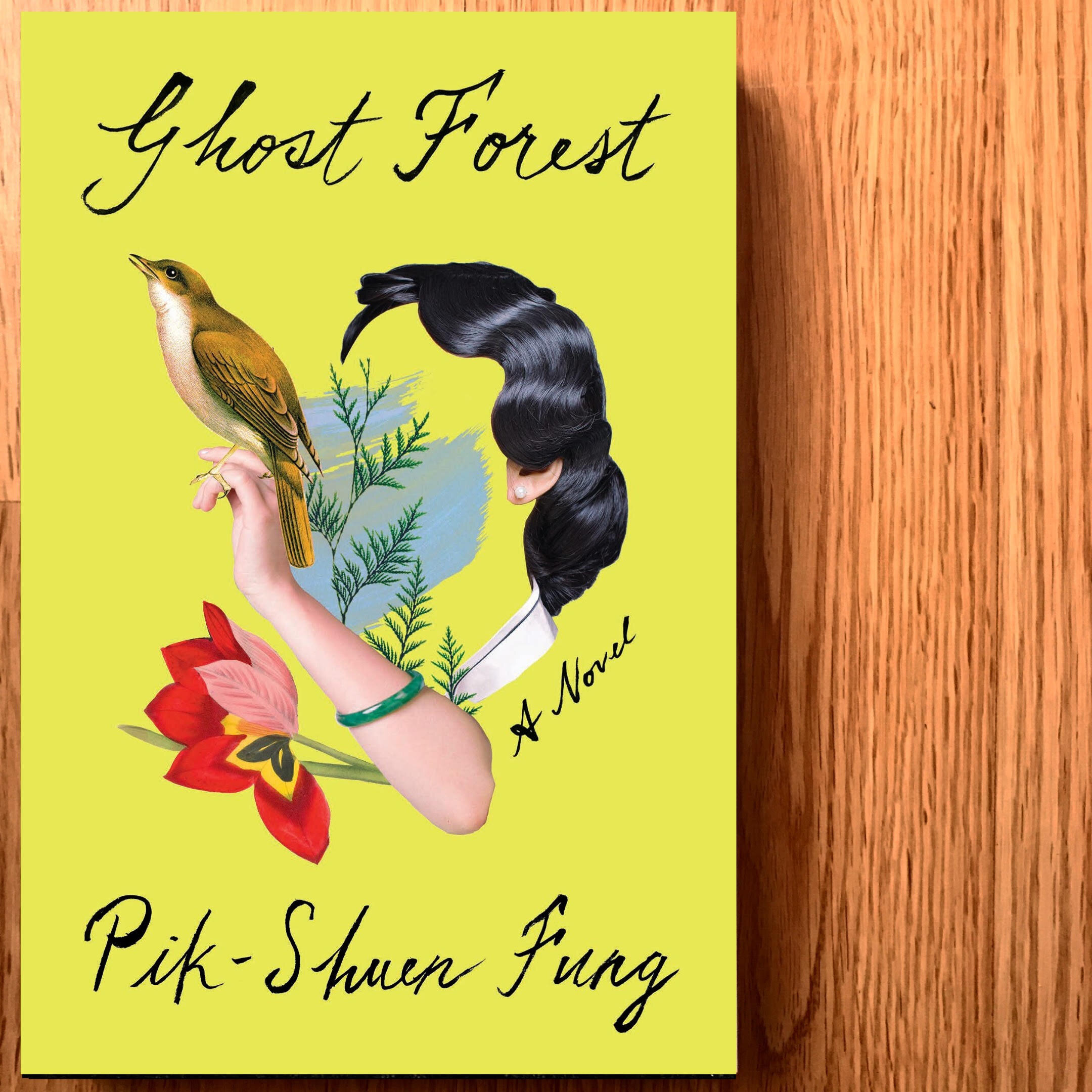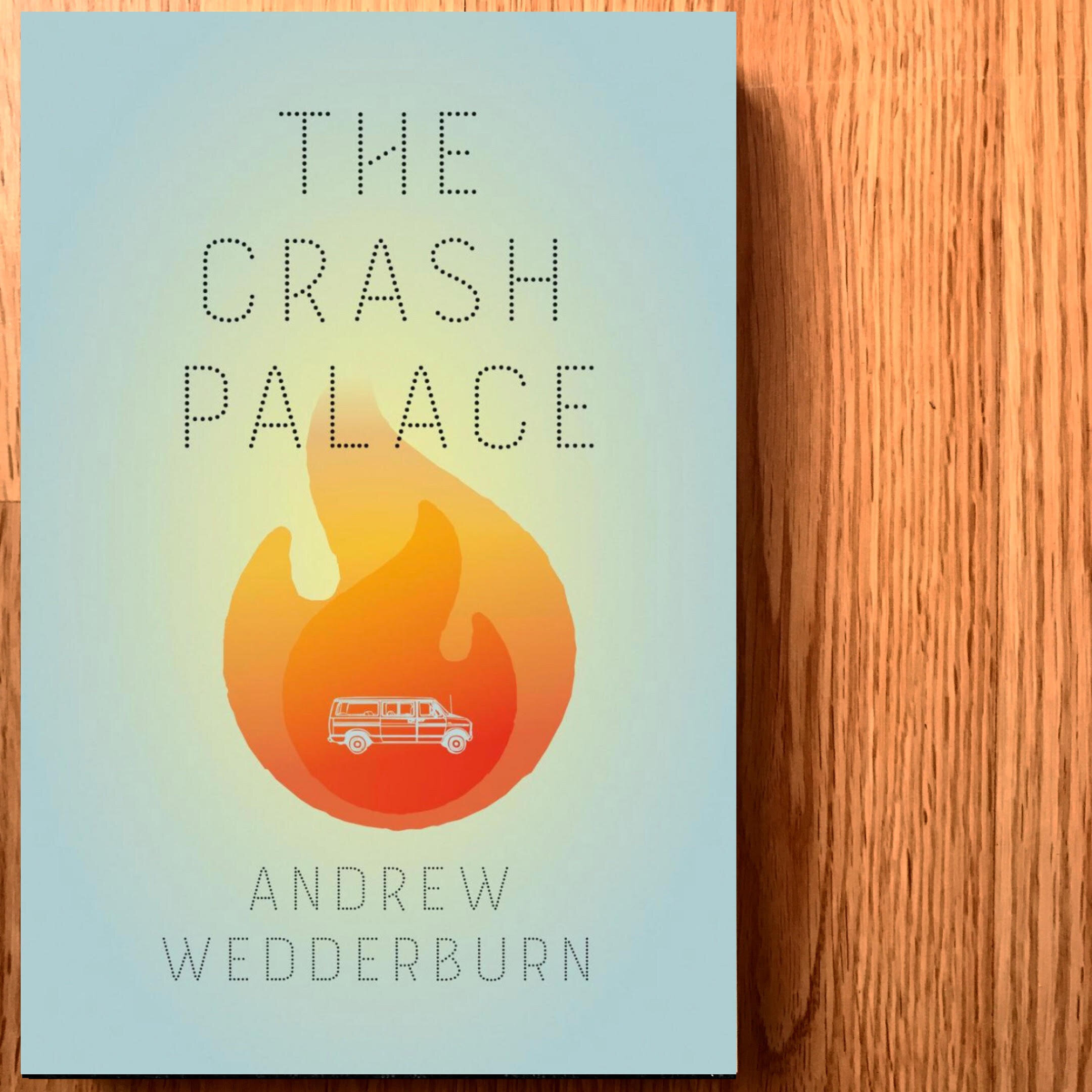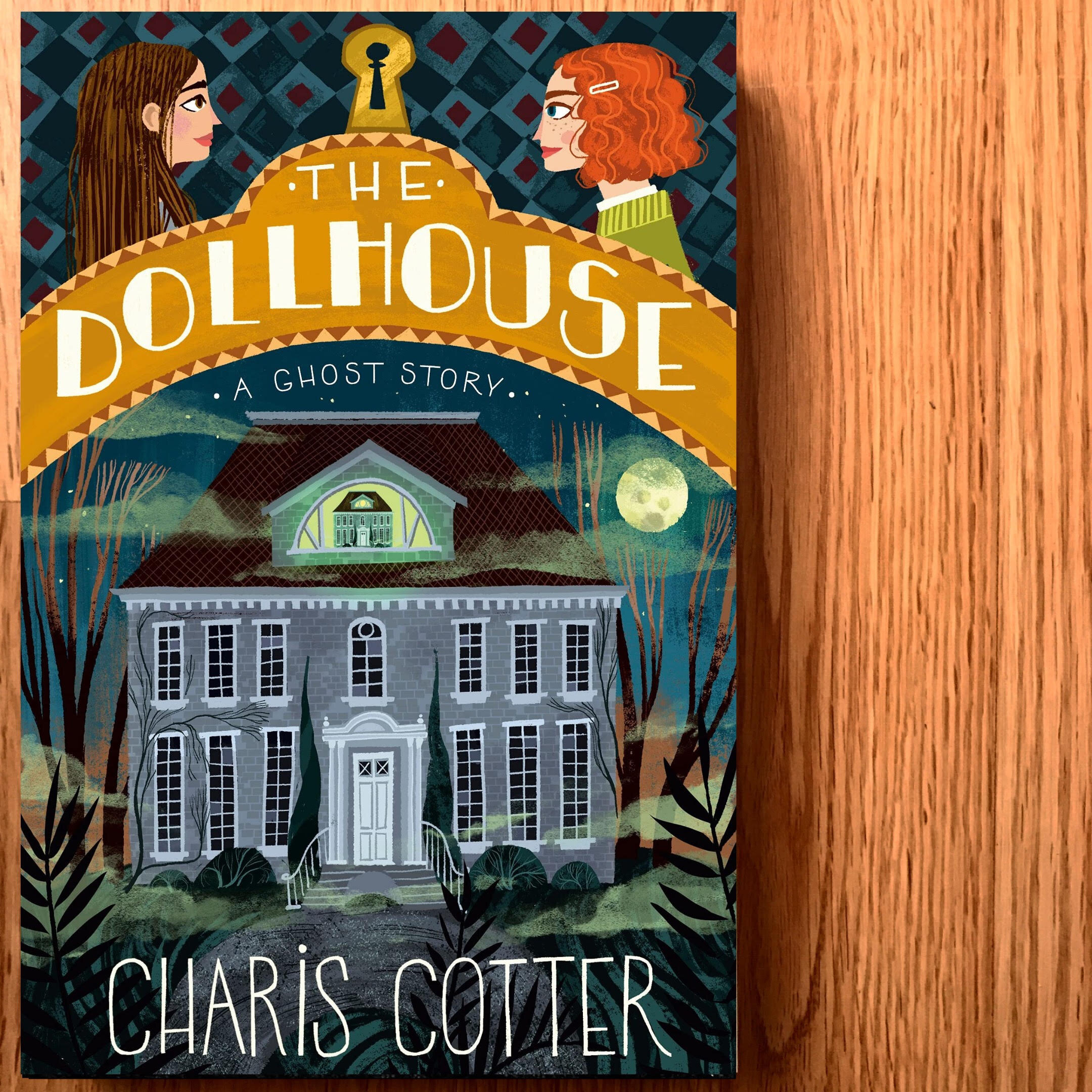By Robyn Rossit
Senior Moment by Monica Graham is the true story of her experience with an elderly parent who has a rapidly declining memory and navigating the long-term care system. As someone who has a grandparent in long-term care, this book certainly gave me a deeper appreciation for what my parents have gone through over the past couple of years.
When Monica's mother starts showing signs of memory loss and confusion, the process of finding a safe place for her to live began, as well as the process of purging several decades worth of belongings to get the family home ready to sell. To top it off, Monica's mother, understandably, changed her mind frequently about whether or not she was ready to move into a long-term care facility.
Through the ups and downs, the clearest theme of all is how much Monica loves her mother. Even when things were at their worst, ensuring her mother was happy and comfortable always came through as the highest priority. Her stories are full of heart, but also a healthy amount of wit that made this book a page-turner. Senior Moment certainly had me feeling a wide range of emotions, but more often than not, I was grinning.
Given that Senior Moment was published this year, Monica also speaks to the effects of the COVID-19 pandemic on long-term care facilities and her experience during this time. It gave an even more timely and relevant aspect to the story.
Senior Moment contains a lot of resources and tips for navigating the world of long-term care, as well as information about memory loss and dementia. While some of the information is specific to Atlantic Canada, it gives the reader an idea of what is available. While it certainly can be seen as a comforting read, it is also quite informative in an easy to digest way.
Overall, I would certainly recommend Senior Moment, especially if you have a loved one in long-term care or it is on the horizon. I devoured this book in one sitting and really felt connected with Monica, her mother, and their journey.
Thank you, Nimbus Publishing, for the complimentary copy in exchange for an honest review!






